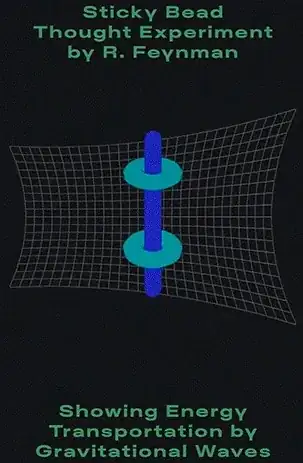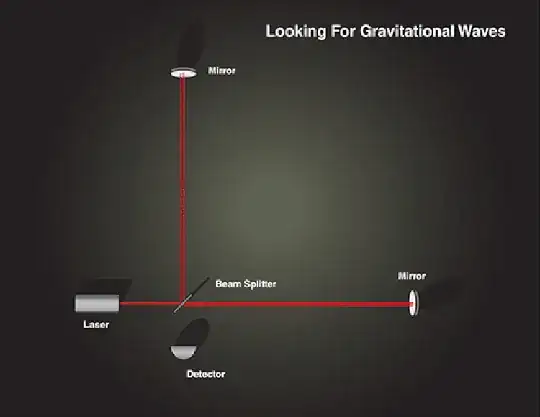I never had a problem accepting that spacetime is curved as a result of matter, until I learned the LIGO experiments showed that evidently the curvature of spacetime can be measured. This, to me, is very strange.
Suppose the entire universe is empty except for two people, floating in space 100 meters apart. Since their masses are so small, spacetime is almost entirely flat compared to the conditions on the surface of Earth. Then suddenly, some incredibly huge cosmic event happens, and unthinkably large gravitational waves pass through the area. Somehow this doesn't kill them. Spacetime goes all spaghetti, and these two dudes are just shaking all over like a jellyfish.
But if space itself is changing, how would they know? They should observe, at all times, that they are still 100 meters apart, since they are not moving in space, but space is moving with them in it... right? Or maybe would each guy think that he is remaining still while the other one just goes totally nuts?
If the changing curvature of spacetime can be measured, what if these two guys were each holding one end of a 99 meter pole? Seems to me being measurable would imply that or one (or both) would have to lose grip and then have to dodge the end as it comes back.
This is probably a well-explored question and I just don't know the answer. I looked around on physics.se and saw a lot of questions like this very informative one and this one that assumes the effects are noticeable but none of them seem to be quite what I'm looking for.

